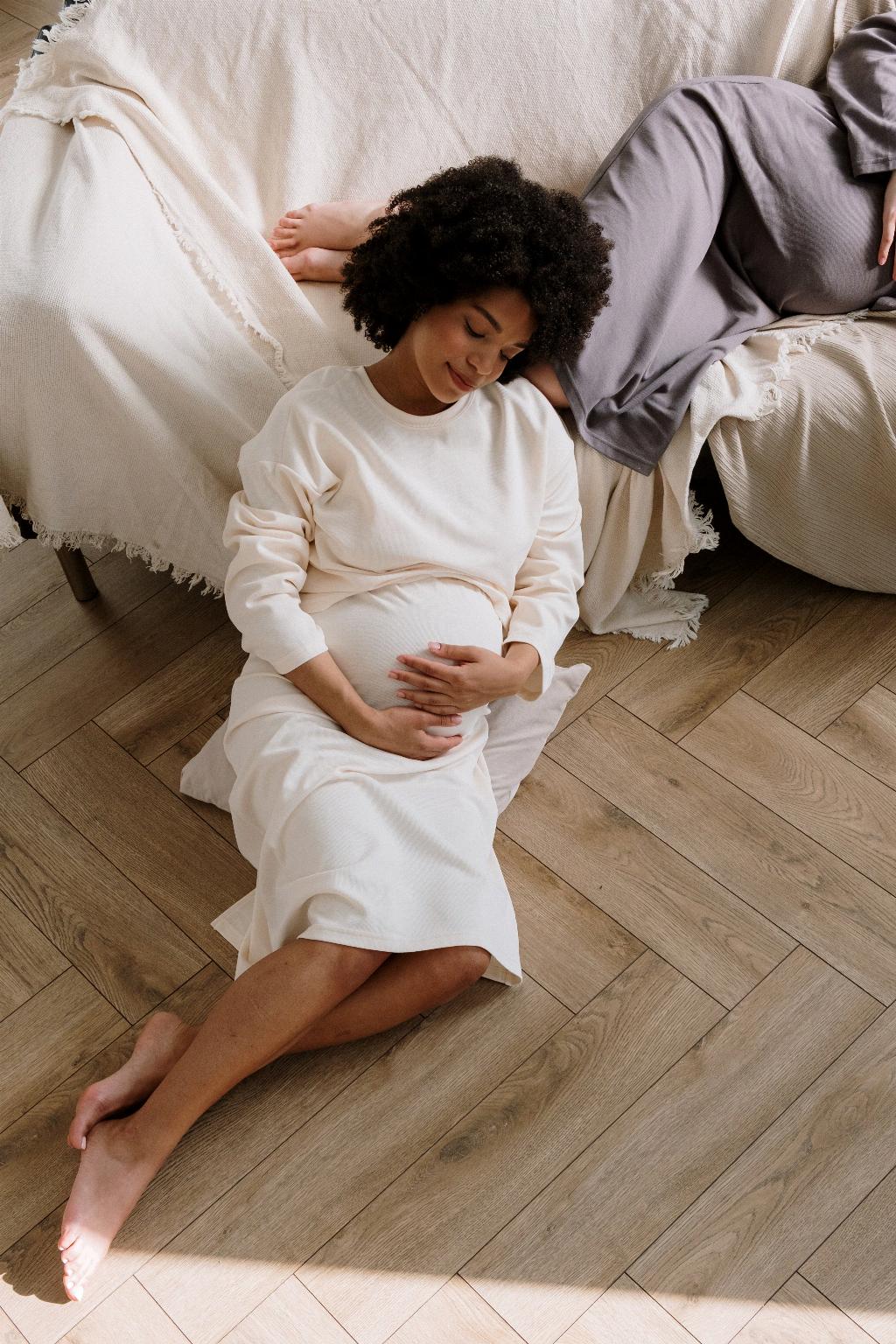It is essential to be aware of the signs that indicate your cat is about to give birth. One of the most common signs is when your cat begins to lick her genitalia frequently. This behavior is often a way for the cat to keep herself clean and prepared for the upcoming birth.
Discharge from the Cat’s Vulva
Another indication that labor is imminent is the presence of a discharge from the cat’s vulva. This discharge can occur a few hours before the birth process begins and is a clear sign that your cat is getting ready to deliver her kittens.
Breaking of the Cat’s Water
When your cat’s water breaks, it is a definite sign that labor has started. This event typically happens shortly before the onset of active contractions, signaling that the birth of the kittens is just around the corner.
Behavioral Changes in Your Cat
As your cat gets closer to giving birth, you may notice significant behavioral changes. Your cat may exhibit signs of pacing, restlessness, and increased vocalization, including howling, meowing, or chirping. These behaviors are typical as your cat prepares for labor.
Nesting Behavior
Another common sign that your cat is nearing labor is nesting behavior. Your cat may start seeking out secluded and comfortable areas to create a nest for her impending delivery. This behavior is instinctual and a clear indication that birth is approaching.
Decrease in Body Temperature
One subtle sign that labor is approaching is a slight drop in your cat’s body temperature. Monitoring your cat’s temperature can help you predict when she is getting close to giving birth, as this drop often occurs within 24 hours before labor begins.
Loss of Appetite
During the final stages of pregnancy, some cats may experience a loss of appetite. This decrease in food intake is normal and is often due to the physical discomfort associated with nearing labor. It is essential to monitor your cat’s eating habits during this time.
Restlessness and Anxiety
As the birthing time draws near, your cat may exhibit signs of restlessness and anxiety. This behavior is a result of hormonal changes and physical discomfort as the kittens move into position for delivery.
Increased Affection or Aggression
Some cats may display changes in their behavior towards their owners or other pets in the household. Your cat may seek more attention and display increased affection, or conversely, she may become more protective and exhibit signs of aggression due to the impending birth.
Visible Contractions
As active labor begins, you may observe visible contractions in your cat. These contractions are a clear indication that your cat is in the process of delivering her kittens and should be closely monitored to ensure a smooth and successful birth.
Seeking Seclusion
During the final stages of pregnancy and leading up to labor, your cat may seek out seclusion and solitude. Providing a quiet and comfortable space for your cat to rest and give birth is essential to ensure her comfort and safety during the birthing process.
Monitoring Progress and Seeking Veterinary Care
It is crucial to monitor your cat closely as she goes into labor and to seek veterinary care if you have any concerns or if complications arise during the birthing process. Your veterinarian can provide guidance and support to ensure a successful delivery and the health of both the mother cat and her kittens.

